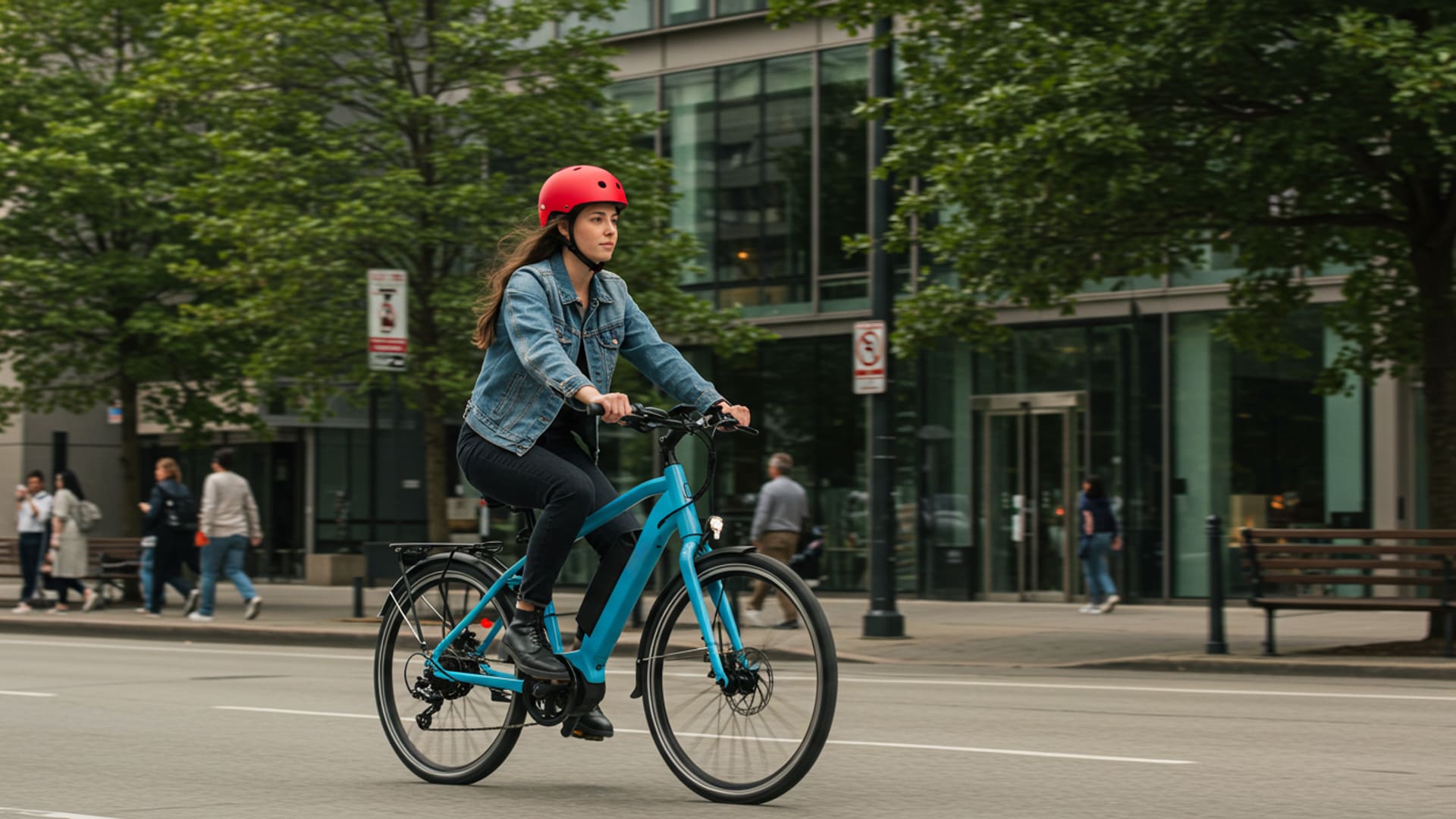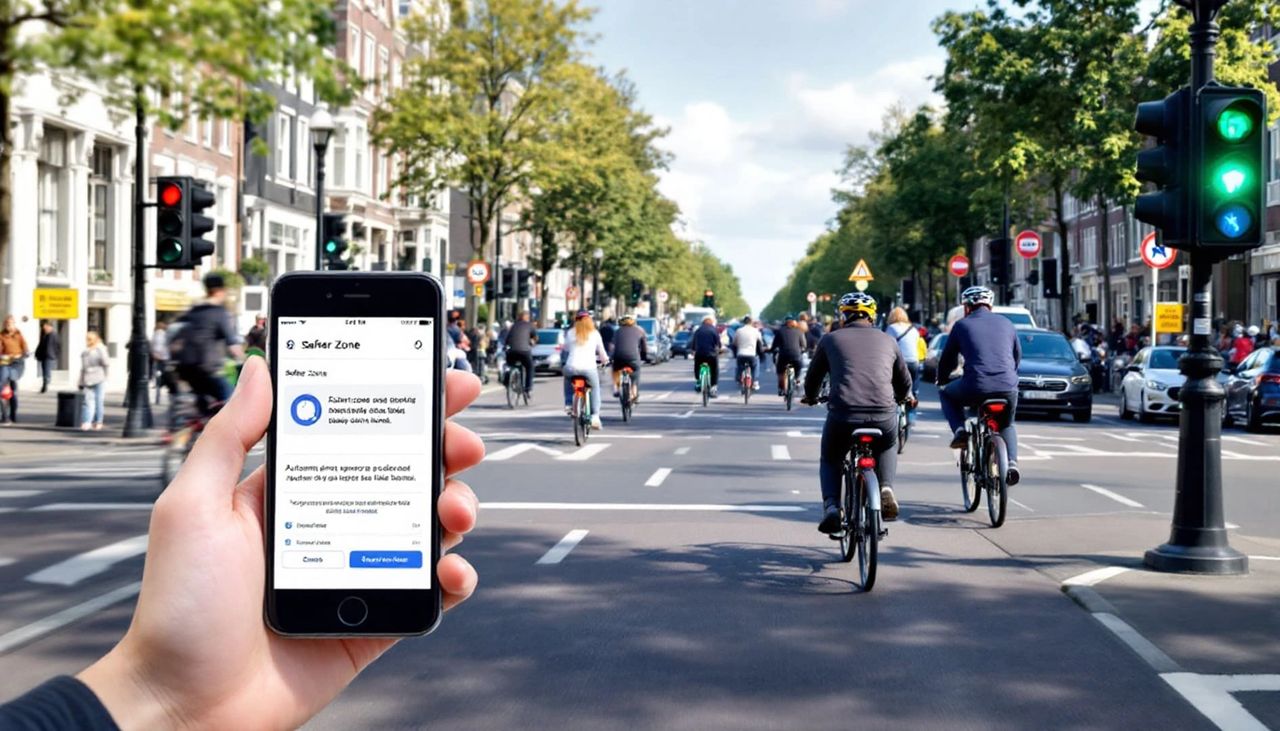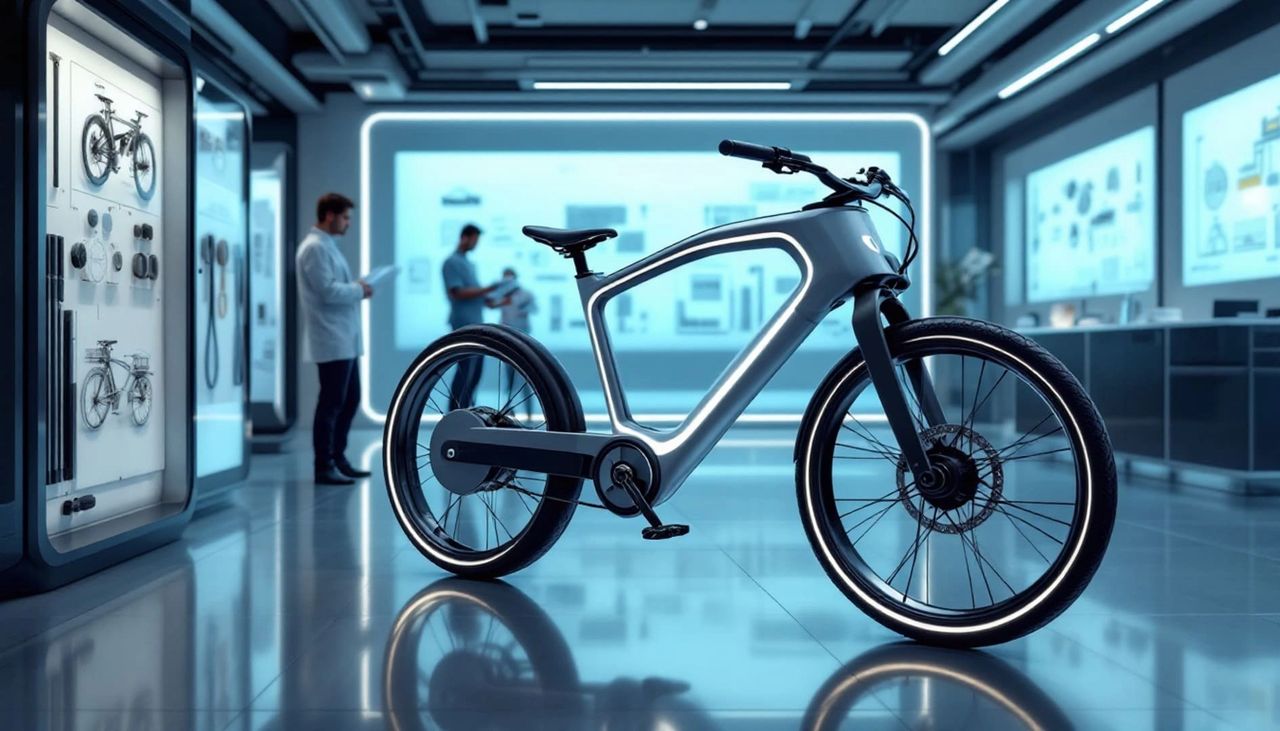E-bikes are rapidly changing the urban commute experience—offering a unique mix of speed, sustainability, and simplicity. But are they the right fit for your daily ride to work or school? Let’s explore the key advantages and drawbacks of commuting by electric bike, along with some real-world considerations.
✅ Pros
1. Save Time in Traffic
E-bikes let you skip rush-hour bottlenecks by using bike lanes and shared-use paths. Many commuters cut 15–30 minutes off their daily round-trip, especially in crowded cities like San Francisco and New York. Brands like Gazelle build efficient commuter e-bikes specifically designed for fast, nimble city riding.
2. Cut Commuting Costs
Compared to car ownership, e-bikes are incredibly economical. There are no fuel costs, expensive maintenance, or parking fees. A full battery recharge usually costs less than $0.10 in electricity. Over time, even high-end models pay for themselves.
3. Sweat-Free Riding
Thanks to pedal-assist motors, riders can tackle hills, headwinds, and long distances without needing a shower after arrival. This makes e-bikes ideal for office workers and university students who need to look presentable throughout the day.
4. Parking Made Easy
Forget circling blocks or paying for parking. E-bikes can be locked to bike racks just steps from your destination—or even brought indoors in some workplaces or schools.
5. Environmentally Friendly
Switching to an e-bike helps cut your carbon emissions and reduces your environmental footprint. It’s one of the most accessible and immediate ways to make your transportation greener. Brands like Tern actively promote sustainability through compact, urban-friendly bike designs.
❌ Cons
1. Initial Cost
Though far more affordable than a car, high-quality commuter e-bikes typically cost between $1,000 and $3,000. That said, some companies like Ride1Up offer solid mid-range options that balance performance and price.
2. Theft Risk
E-bikes are prime targets for theft—especially in major cities. Investing in a U-lock, alarm systems, or GPS trackers is essential. And even with precautions, outdoor storage overnight is risky.
3. Weather Dependency
Rain, snow, and extreme temperatures can make riding uncomfortable or even hazardous. However, waterproof gear, fenders, and all-weather tires can help mitigate these challenges for year-round riders.
4. Battery Range Limitations
If your commute is long, you’ll need to make sure your e-bike’s range can handle it or that you can charge it mid-day. Keep in mind that range is affected by factors like rider weight, terrain, and speed.
5. Storage Needs
Not everyone has a secure place to store an e-bike at home or at work. While folding e-bikes or compact models help, this can be a dealbreaker for apartment dwellers or those in shared spaces.
Final Thoughts
For many commuters, e-bikes offer a reliable and sustainable alternative to cars, rideshares, or public transit. While the upfront cost and security concerns are valid, the savings in time, money, and stress often outweigh the drawbacks. If you live in a bike-friendly city and your commute is within a manageable distance, an e-bike could be one of the smartest transportation upgrades you make.








Leave a Reply